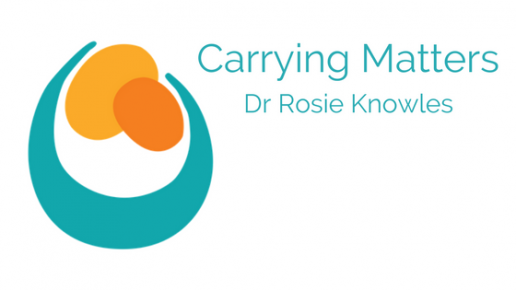Everyone who has had a baby, however their baby was born, will find that their pregnancy has had an effect on their pelvic floor and that this affects how they carry their child.
What is the pelvic floor?
The pelvic floor is a complex group of muscles, connective tissues, nerves and blood vessels in a flexible hammock structure that supports and keeps the pelvic organs in place (the uterus, vagina, bowel and bladder.) The pelvic floor helps us to keep control of bodily functions, by relaxing and contracting to allow exit and entry. It is mostly under unconscious control; but can be be consciously managed (choosing not to urinate just yet, for example).
Pregnancy, especially the first pregnancy, is associated with changes to the pelvic organs, which generally tend to descend further into the pelvic bowl. The pelvic floor becomes less effective at controlling urination and defecation. These changes are accentuated after vaginal delivery, and urinary incontinence and prolapse are more common after several vaginal births. Fortunately for most women, pelvic floor muscle function recovers in the year after delivery (it can take a little longer if breastfeeding) with appropriate pelvic floor exercises and stretches.
Up to half of all women will experience some degree of prolapse (a bulging of the vaginal wall downward or a descent of the cervix/uterus) in their later years without symptoms, but 10-20% of women will have symptomatic prolapse. Please see your GP if you have symptoms, and don’t delay.
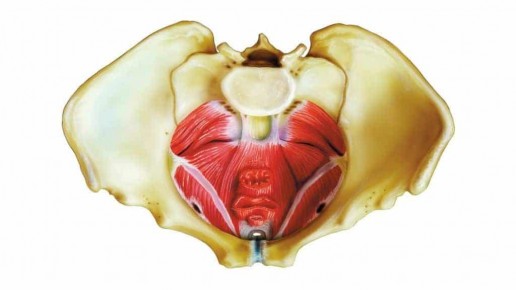
How to care for the pelvic floor in the postnatal period
The advice given to women in the postnatal period to encourage pelvic floor function to return is usually to
- rest in the first few weeks and be aware of discomfort
- avoid overloading the pelvic floor
- take care not to become constipated
- do gentle pelvic floor exercises and stretches (not just squeezes! Many women have over-tight pelvic floors and need to learn how to relax them too.)
- work on core abdominal and lower back muscles, eg pilates or yoga – babywearing can also help with this by encouraging a good posture
- keep active, and gradually build up tolerance
- avoid heavy lifting
This then brings us to the question…
Can I carry my baby in the postnatal period? And can I carry my baby if i have a weakened pelvic floor or even a prolapse? Does this count as heavy lifting!? Is it safe to babywear at all?
Carrying in the postnatal period with a focus on pelvic floor health
Read more about general carrying in the postnatal period here (including after a Caesarean section.)
Mothers’ and babies’ bodies have evolved to spend the “fourth trimester” period in intimate close contact, and babies expect to be carried. We are a carrying species, after all, so yes, mothers can and should carry their babies in the postnatal period. Often, babies insist on it (especially if they have reflux, for example)! This is normal human parenting practice.
The advice given in the postnatal period is to “carry nothing heavier than your baby”.
Some useful guidance how to do this well;
- Listen to your body. If carrying causes pain, stop and seek advice. There may be some simple things you can do to improve your experience and comfort.
- Lightweight slings that keep babies high up and mostly central are optimal here. Wraps (woven or stretchy, ring slings, meh dais and structured carriers with very soft or no waistbands that can be worn high) will all work well.
- Avoiding pressure around the centre/lower half of the abdomen/pelvis (this can push pelvic organs further downwards as well as irritate a caesarean scar) – so avoid bulky waistbanded carriers worn tilted downward, or wrap carries with big knots that press around the waist or middle. Please note every woman’s body is different and this is a general guide.
- Keep baby close enough to kiss in the chest-to-chest or chest-to-back positions to bring both centres of gravity close together. This avoids having to compensate for a weight hanging away from the parent’s body and will be far more comfortable on recovering joints and spine (as well as being much safer!)
- Good posture is key; an aligned spine rather than one that is pulled forwards into a curve at the shoulders, or held in a sway back position will be more comfortable while carrying. It will also affect baby’s position and may cause them to slump, adding to the sensation of their “heaviness”.
- Some people find that lumbar supports and thick padding may feel supportive and comfortable, as it encourages better posture, however some of the original discomfort may be due to poor positioning. Seek help from a sling library and/or a physio/chiropractor if your sling causes pain or weariness.
- Bring your centre of gravity down to the floor to lift your baby, rather than bending from the waist.
- Make a conscious effort to engage your pelvic floor and breathe gently in whenever you pick up your baby.
- Lift baby out of their car seat and carry them separately whenever you can, rather than in their car seat. Car seats typically weigh anything from 10-20lb and are carried by their handles, putting a lot of strain on a recovering postnatal body and pelvic floor. If baby is asleep and you really don’t want to move them, ask someone else to carry the car seat and baby for you. If you must carry the car seat, keep it high and central (image of this thanks to TummyTeam)
- As you get stronger and your baby grows, and babywearing remains comfortable, you are likely to have been working on rehabilitating your core as you go!
- Your options for carrying will increase in time. Many women find that back carries work well as there is less downward pressure over the abdominal region with this position, especially as babies get heavier. Back carries can help improve a slumped shoulder posture or tendency to sway backwards to compensate for loose front carries, and engages a different set of muscles. Most of the world’s people opt for back carrying with heavy loads for good reason!

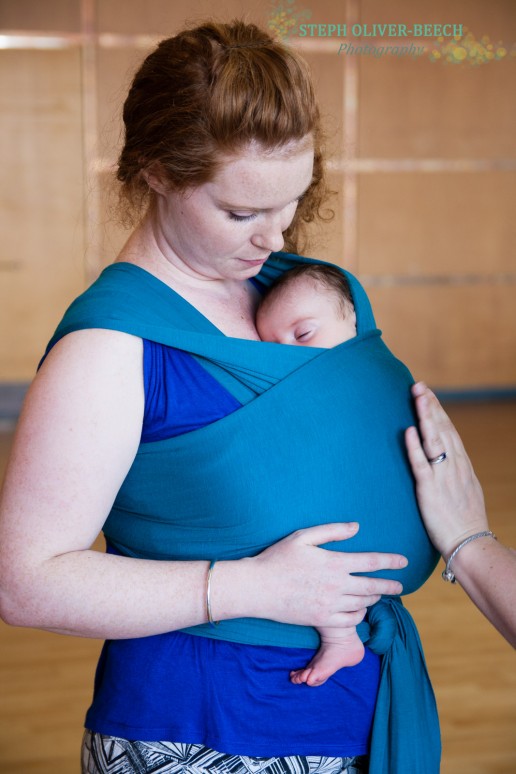
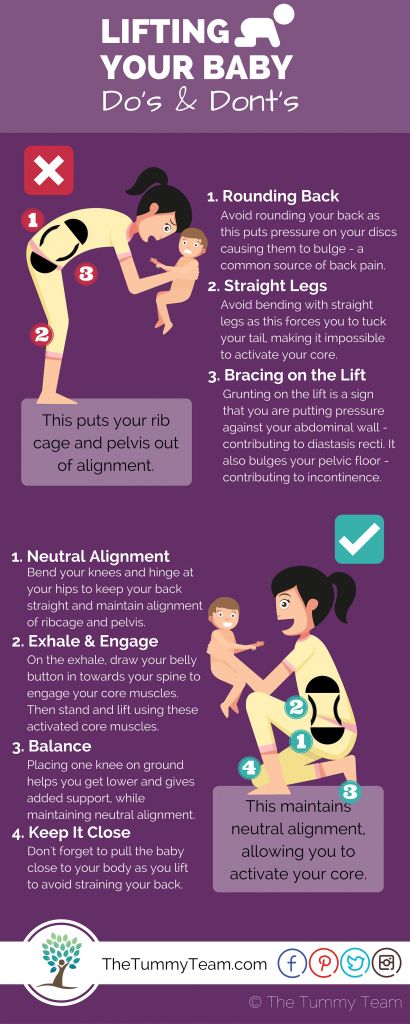
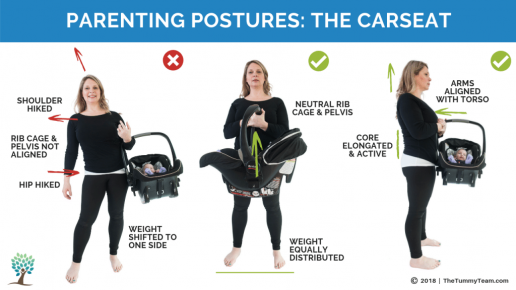
Carrying with a weakened pelvic floor or a prolapse
This can be more of a challenge, especially if there is an older child also wanting to be carried! Much of the same basic advice above will apply. It is assumed you will be receiving support from a women’s health physiotherapist/ chiropractor etc as well, for working on recovering pelvic floor function (and if not, I highly recommend it. Many countries offer this as part of routine postnatal care for mothers; as it should be!)
- The key thing is ensuring a good fit of the sling around mother and baby and distribution of weight widely around the upper body rather than around the middle.
- Good posture is very important; slouched shoulders or a hyperextended spine will direct weight into the pelvic brim (see the images below).
- Loose slings will force a compensation of posture where the spine is extended backwards, causing baby’s weight to push down on the abdomen into the pelvic bowl.
- It is a common belief that the more support the better. However not everyone finds increased padding and thick waistbands helpful, especially if the waistbands are pressing downwards due to suboptimal positioning.
- If a waistbanded carrier is a mother’s choice, choosing to carry quite low with the waistband around the pelvis may work. Others find that a snug fit of a horizontal (not tipped) waistband with well positioned shoulder straps avoids too much central workload.
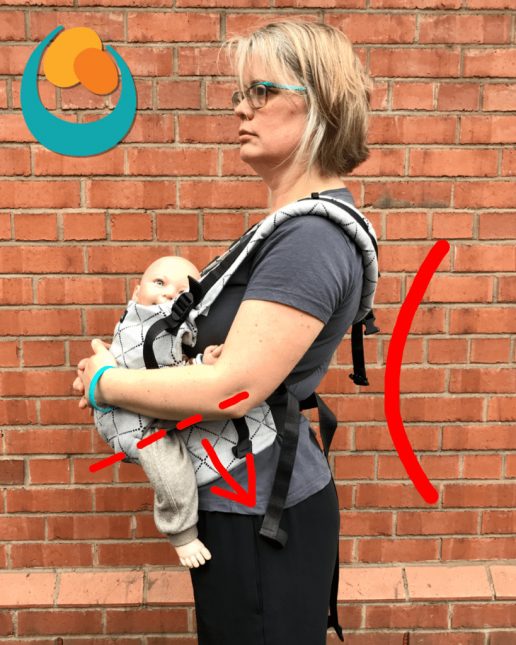
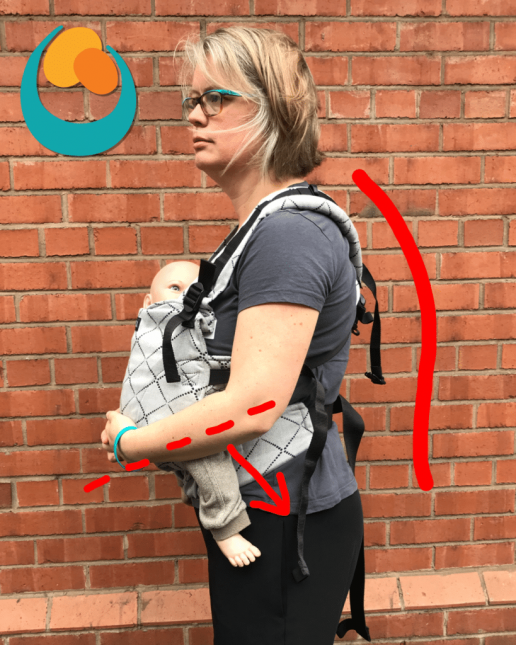
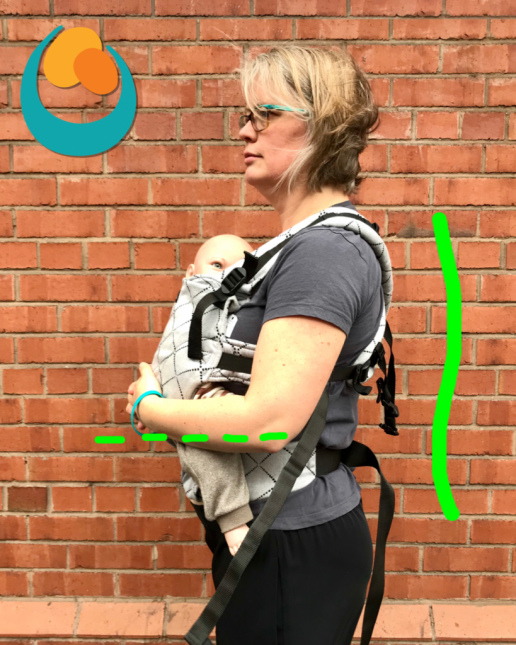
- Many women find that snugly tied stretchy wraps, some woven wrap carries that avoid central knots, waistbandless meh dais/buckle carriers and ring slings work well as it takes all pressure away from the middle and focuses it on the upper back and shoulders.
- High central carries on the back are usually more comfortable, as the child’s weight will not be resting on the abdomen, and women are more likely to adopt a more aligned posture. Babies can be carried on the back from birth with the right tools (see here for more information.)
- Woven wraps, meh dais and onbuhimos are great for this as the weight can be distributed carefully around the upper body. Ring slings can be used for back carries.
- Reduce the amount of time you carry if you can; if you have a new baby and your toddler is feeling sad about the change in carrying time, cuddles with them on the sofa are precious to keep that connection.
- Can other family members can share the carrying load?
-
Listen to your body’s protestations; stop carrying if things are worsening, and seek further support. Your health matters too.
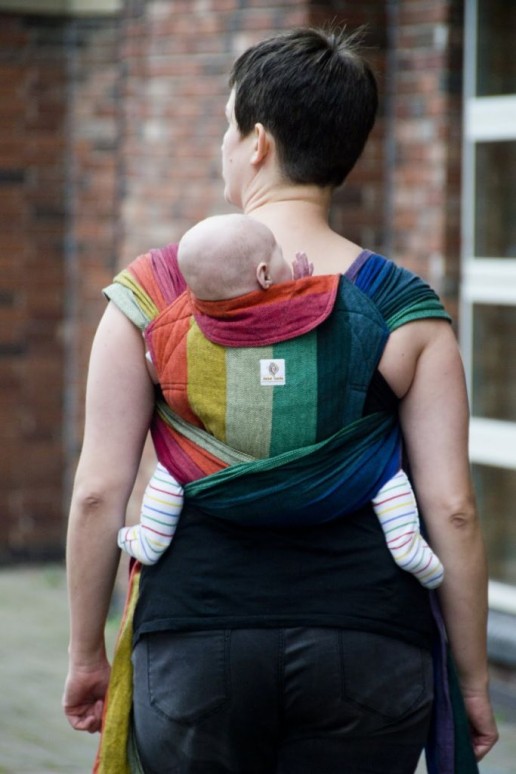
It’s so important to listen to your body and try not to compare your carrying experience to others or to what you thought it would be. You may not be able to go for 3 mile walks in the woods or tandem carry with your preschooler but carrying little and often will help build your core and may allow you to work up to longer stretches. Nelly Brewer, sling librarian with personal experience

